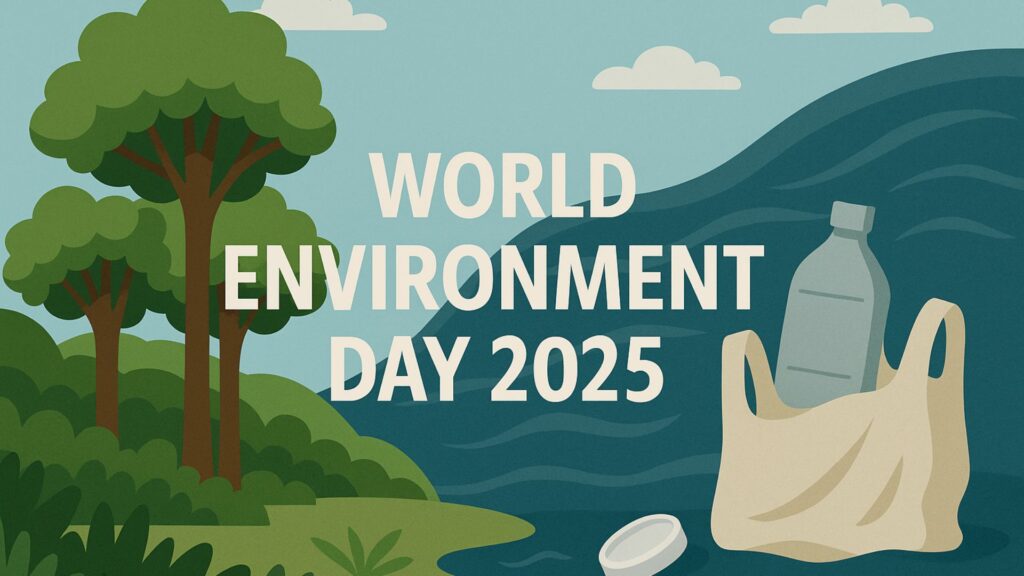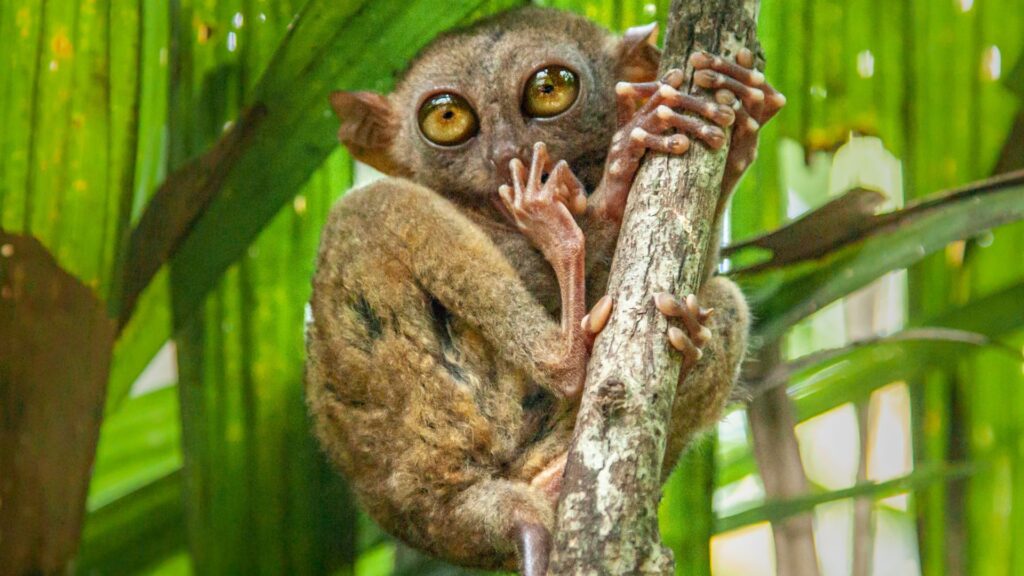United for the Planet: A Holistic View of World Environment Day
Every June 5th, the world comes together to reflect and take action to care for our common home. In 2025, at Forest Friends, we want to celebrate World Environment Day by echoing the key messages we’ve shared alongside Green Initiative through a series of four articles that addressed the environmental urgency from different perspectives. A Day with History and Purpose World Environment Day is not just a commemorative date, but a global call to action that has grown stronger since it was created by the UN in 1972, coinciding with the historic Stockholm Conference on the Human Environment. Over more than five decades, this date has addressed topics ranging from species conservation to ecosystem restoration and the circular economy, becoming the world’s most important platform for environmental awareness. In 2025, under the theme #BeatPlasticPollution, it highlights the urgent need to halt one of today’s greatest environmental threats, as global plastic production reaches 400 million tons annually. The Importance of Caring for What Cares for Us Caring for the environment means caring for the foundation of our lives: the ecosystem services that provide us with natural resources, biodiversity, clean air, and drinking water. The numbers are striking: air pollution causes approximately 7 million premature deaths each year, while global deforestation exceeds 10 million hectares annually. Combating deforestation, pollution, and global warming is not just an institutional responsibility — it’s a collective task where every individual action matters. Research shows that 85% of species assessed by the IUCN are threatened by habitat loss and degradation, making conservation an urgent priority for global biodiversity survival. Plastics Under the Spotlight: Strategies and Contrasts Plastic pollution was the central theme this year, with Jeju Island (South Korea) as the official host. This region has implemented effective local policies, achieving recycling rates over 73% for plastic packaging and reducing per capita plastic bag consumption by 67% between 2018 and 2023. In contrast, Latin America generates approximately 541,000 tons of plastic waste daily, of which only 4.8% is effectively recycled. However, promising initiatives are emerging, such as measuring the carbon footprint of waste, environmental education, and decarbonization as part of a comprehensive solution. Evidence shows that interventions combining economic, regulatory, and educational instruments can reduce the consumption of problematic plastic products by 20-50% in the first year of implementation. Restoring Our Forests: An Urgent and Hopeful Action At Forest Friends, we celebrate Environment Day with our hands in the soil. Our restoration projects take place in biodiversity hotspots critically important to global conservation. Madre de Dios: A Biodiversity Treasure in Peru In Madre de Dios, one of the hotspots where we work in Peru, more than 4,000 species of vascular plants have been recorded, including a high percentage of endemic species found nowhere else in the world. However, this region has lost significant portions of its original forest cover due to gold mining and other human activities. Our partners, such as Kuoda Travel and WorldXchange, are planting trees in this region as part of their climate and ecological restoration commitments, in partnership with local ally Inkaterra: Kuoda Travel promotes regenerative tourism, involving tourists by offsetting their carbon footprint and planting trees proportional to their impact. Since 2022, they have planted 1,125 trees and added 300 more to celebrate this important date, reaching a total of 1,425 trees. WorldXchange has participated in various initiatives, including Milagros, an Extraordinary Bear, a project that certified the first animated film as climate positive and launched the “Milagros and Friends” planting campaign. With the support of partners like Luz del Sur, Mediterranean Shipping Company (MSC), and MAPFRE, they surpassed the goal of 1,000 proposed trees. Now, WorldXchange adds 150 trees to commemorate Environment Day, moving closer to their goal of 1,000 trees by 2030. Costa Rica: Restoring the Osa Peninsula Other organizations have joined Forest Friends to support the restoration of key ecosystems such as the Osa Peninsula, which holds 2.5% of the world’s biodiversity in just 700 km², with support from Fundación Saimiri. Tulu Travel and Swetours promote regenerative tourism, offsetting carbon footprints and restoring ecosystems by planting native species. Since 2021, they have planted 1,151 trees while raising awareness among tourists visiting Costa Rica. CEPA – Customized Educational Programs Abroad has also been planting trees since 2021. Although they initially planted as part of their own commitments, since 2023 they’ve shifted focus to their students: now planting a tree for each participant in their courses developed with over 60 partner universities, totaling more than 6,800 trees planted. Kuoda Travel WorldXChange Tulu Travel Swetours CEPA Beyond Planting: Science and Community This work doesn’t end with planting. Scientific monitoring, local species selection, and community involvement are key. Research shows that plantations with diverse native species have survival rates above 85% after five years, compared to 40-60% for exotic species. Inkaterra operates a genetic lab to study endemic species, generating vital knowledge for monitoring and scientific research. One of their key publications highlights the conservation of native orchids found at Inkaterra Machu Picchu Pueblo Hotel and their importance to global biodiversity. Similarly, Fundación Saimiri collaborates with volunteer specialists and researchers from planting and monitoring to publishing scientific articles. A Call to Action At Forest Friends, we believe protecting our ecosystems goes hand in hand with reducing the pollution that harms them. Restored forests in the Amazon can sequester between 150-200 tons of CO₂ per hectare over 30 years, contributing significantly to national emission reduction targets and the global goals of the Paris Agreement. On this World Environment Day, we invite you to join the #BeatPlasticPollution movement and celebrate life by restoring what we’ve lost. Planting trees, reducing our impact, and acting consciously is how we honor nature — and ourselves. I Want To Support Now
United for the Planet: A Holistic View of World Environment Day Read More »




